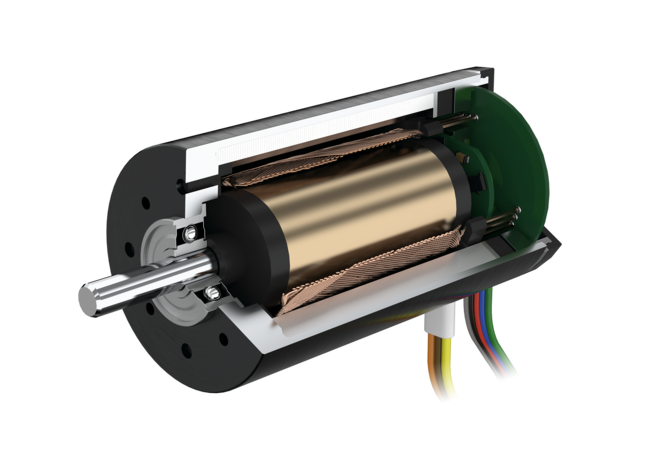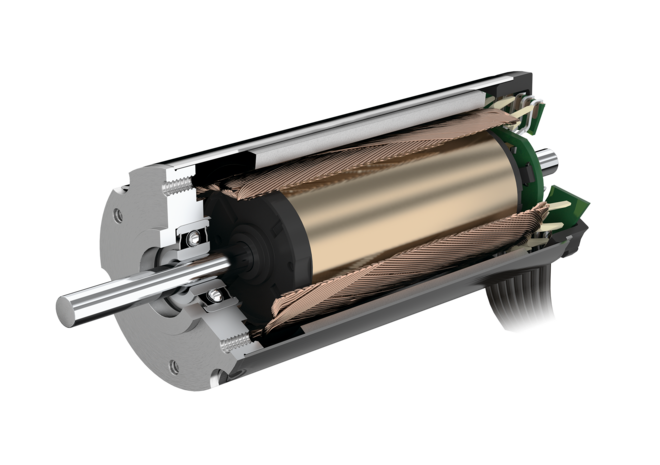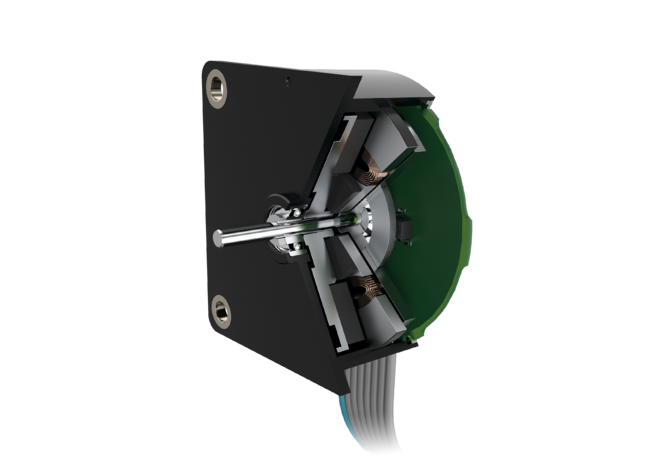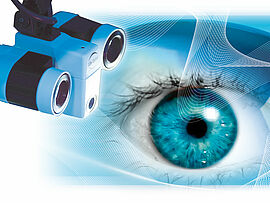
Robotics | The next evolution in the operating room
After taking over industry, robots are now conquering the medical sciences. The advantages are obvious: absence of fatigue, maximum precision and speed, optimum ergonomics. Experts see their use as the next evolution in the treatment of patients. Already today, robot systems are used...














